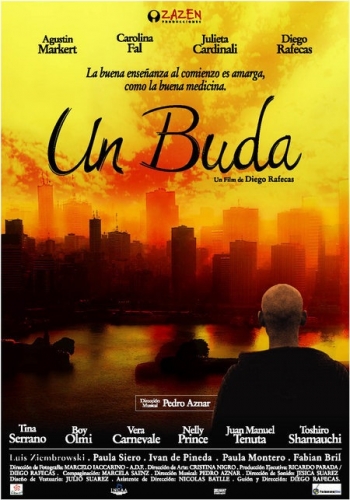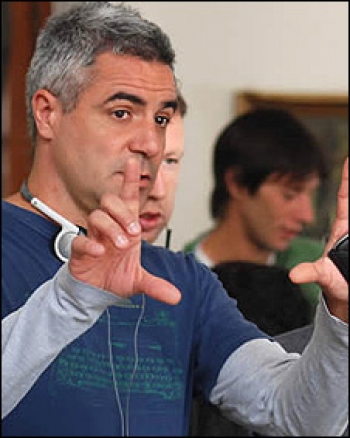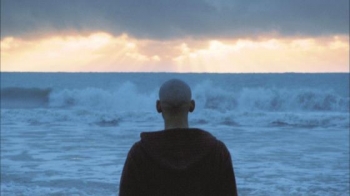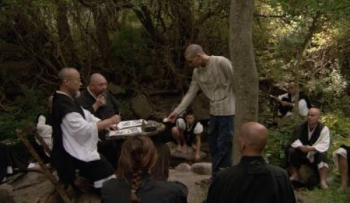The film is directed by Diego Rafecas, who defines himself like a Buddhist. Rafecas is both the director, screenplay writer, and interestingly casts himself to play the character of the Philosophy professor brother.
The film is an emotive story about love and life with a very tragic starting point in one of the most black episodes of the Argentinian society in the 20th Century: the military dictatorship (1976-1983) which used violence as an efficient, ‘legitimate’ means of resolving conflicts against citizens.
Following instructions from his Buddhist father, the younger brother begins the spiritual journey in an attempt to discover to know who he is. This search leads him to venture into some extreme ascetic spiritual practices in which he abandons his existing life and environment, fasts to extreme, and deeply shakes the world of those around him. In one particular day, he loses his job; witnesses his girlfriend kissing another man, and the grandmother who raised him, passes away.
After all this, his girlfriend who is an actress and daughter of an important businesswoman in television, follows him on his journey to a Zen monastery in the mountains of Cordoba to find a Master. The wonderful views of the Uritorco Mountain and location of the existing Zen monastery are very striking and memorable for the film viewer. The older brother also joins them at the monastery, and they each go on to find what they need in life!
Zen Buddhism, as it appears in this movie, was starting to become embedded in the everyday life in Argentina. This is also happening across many western societies today. The vocabulary words of “Buddha”, “transcendent”, “Zen”, and “meditation”, are woven into the narrative in such an easy way. One of the most famous Spanish-language writers in the world was the Argentinian Jorge Luis Borges, who himself published a book on Buddhism in 1976. The film includes some of the Buddhist argot, the Zen forms of discipline, the saved monks, and how the practices were becoming integrated into day-to-day activities.
In contrast to how Buddhism is seen today, we catch a glimpse in the movie of what it must have been like just a few decades ago, when it was treated as something exotic: coming from India (like the cannabis), associated with post-Beatles hippie culture, and the likes of yoga and long hair. In a curious reference, the surname of the brothers is ‘Rama’ (the father’s last name), same name of the Indian deity – perhaps this served symbolically to reminisce on the past concept of how Buddhism was misunderstood.
I would like to think that these Buddhist-inspired films go deeper than a mere fashion of the word of Zen or Buddha. Zen Buddhism as introduced to the West by Japanese teachers like Suzuki, has been transformed from its true meaning to other modern concepts: Zen style of decoration, Buddha Bar, Zen Spa, Zen Shiatsu, etc. It is difficult to recognize any Buddhist value in most of these commercial and high-end leisure establishments that use the name Zen or Buddha around the world.
The movie “Un Buda” by Rafecas is genuine Buddhist. His own production company named ZAZEN PRODUCTIONS was born to create stories about universal human values. Unfortunately, the film critics have not wholly welcomed the cinematography of Diego Rafecas in his other works: “Rodney”, “Paco”, and “Cruzadas” due to questioning the realistic nature of characters and dialogue. In spite of any critical judgment of others, I find this film to aim and succeed in creating a very touching story about human searching for meaning in Buddhist tradition.


















